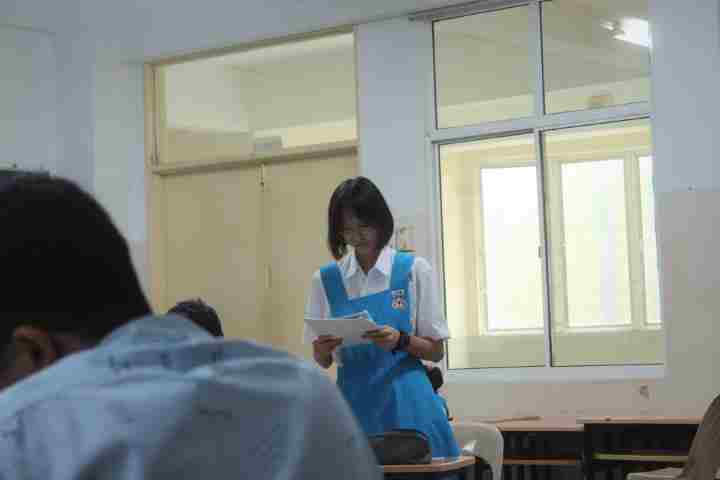Reported by:
Mah Ming Kit Sr3ComB
Photography by:
Lee Yu Rui Sr3ScD
After the registration deadline on 12th of March 2025, a total of 16 teams were organized into four divisions. Each division featured two matches, where teams debated two selected topics against one another. The preliminary rounds were scheduled over two days to accommodate the judges, who are also our teachers. Topics were announced beforehand to provide students with ample time for research and discussions.
On 8/4, the competition started off with Division A and Division B in the classes of C404 to C407. The topic of “Does Personality Tests Help High School Students to Know Themselves Better” was distributed to one match in each division which appeared to be Sr2ScF versus Sr2ScC, and Sr2ScA versus Sr2ScD. Concurrently, Sr1ComF versus Sr2A, and Sr2C versus Sr1ComA were given the topic of “Are Internet Slangs More Advantageous or Disadvantageous towards Students’ Communication”.
The following day, 9/4 was the day of competition for Division C and Division D in the same classes as yesterday. Sr1ScA versus Sr1ScB, and Sr2ComB versus Sr3ScB were debating on “Does the Trend of Short Videos Increase or Decrease Cognitive Abilities of Modern People”. Also, “Should Public Judgements towards Influencers’ Personal Ethics be Supported or Suppressed” was given to Sr2ScE versus Sr3ScD, and Sr2ComA versus Sr3ScA.
At 3:15 p.m., the event host announced the start of the matches. Judges were introduced to the participants while the proponent side and opposition side introduced themselves accordingly. Next, the first speaker of each team clarified their stance that was decided through their own discussion.
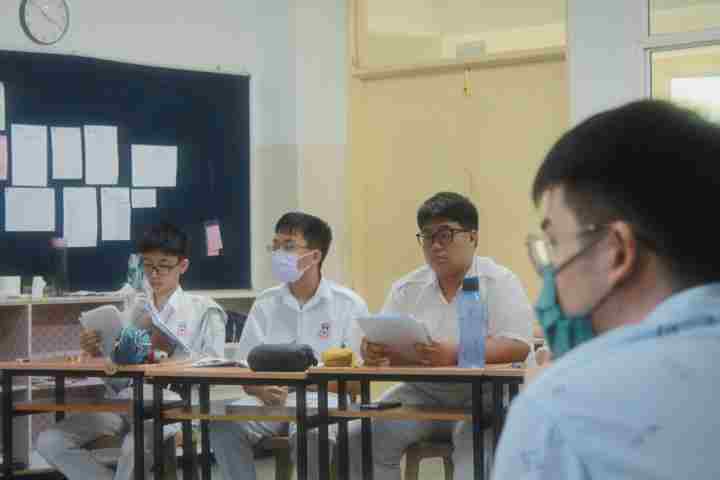
(Photo 1: Opposition team listening to their opponent)
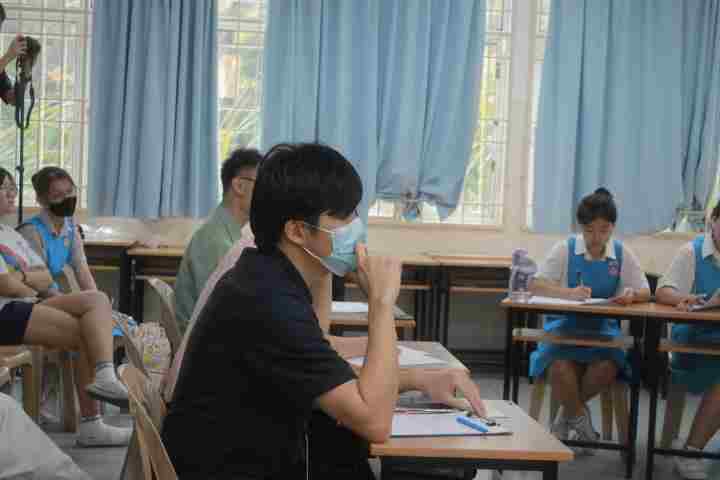
(Photo 2: Judges listening carefully to the contestants)
Following up, the second speaker of the opposition side raised questions trying to look for vulnerabilities in their opponents’ statement and the proponent side were required to answer accordingly. After their time is exhausted, it’s their opponents’ turn. After that, both sides were required to make a small conclusion related to the present situation.
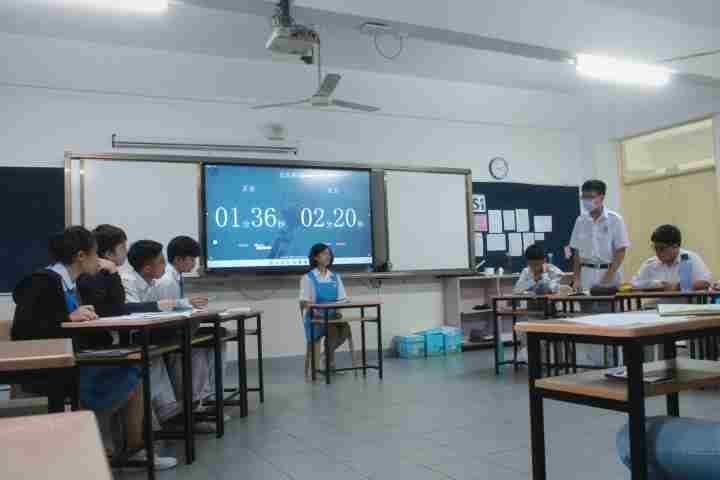
(Photo 3: ”free debate” session)
Immediately to this, third speakers from both teams started a “duel” against each other where they questioned the opponent’s existing logic problems in their contention. With that settled, they made another small conclusion.
The following session was truly the climax of the competition, the “free debate” session. Participants were allowed to debate without the limitation of the original sequence. The decisive speeches would usually originate from this session and the judges get most of the reference to decide the qualifying team too. Last but not least, the fourth speaker from respective teams would make the final conclusion starting from the opposition side.
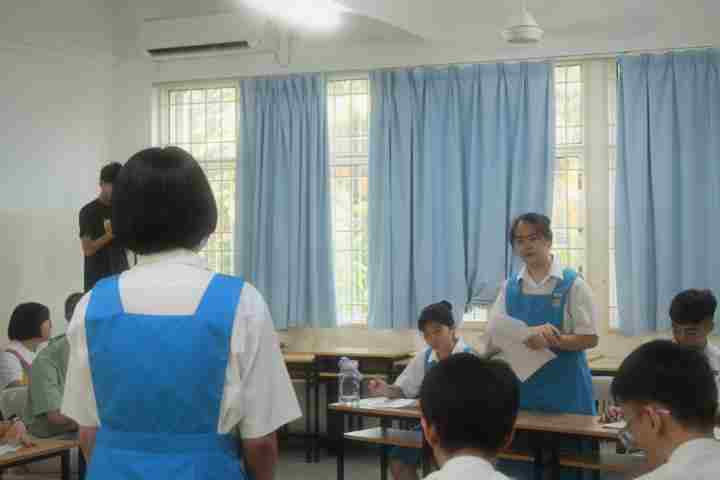
(Photo 4: Contestant listening carefully to the opponent)
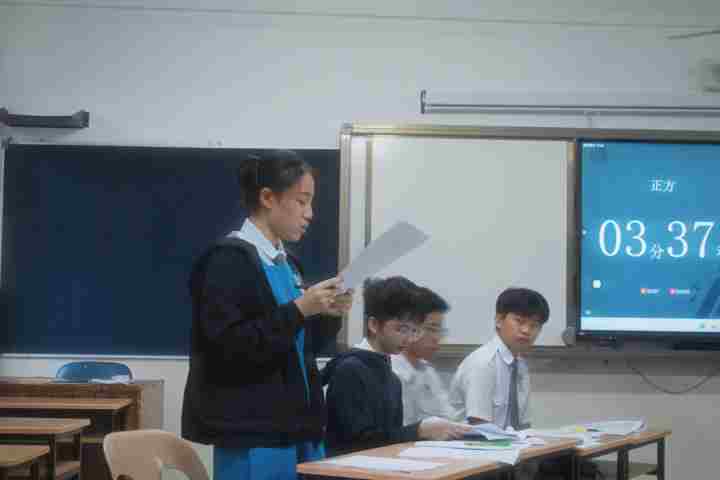
(Photo 5: Contestant making a conclusion)
